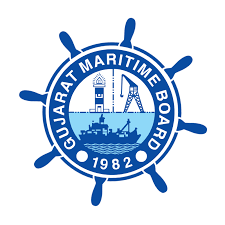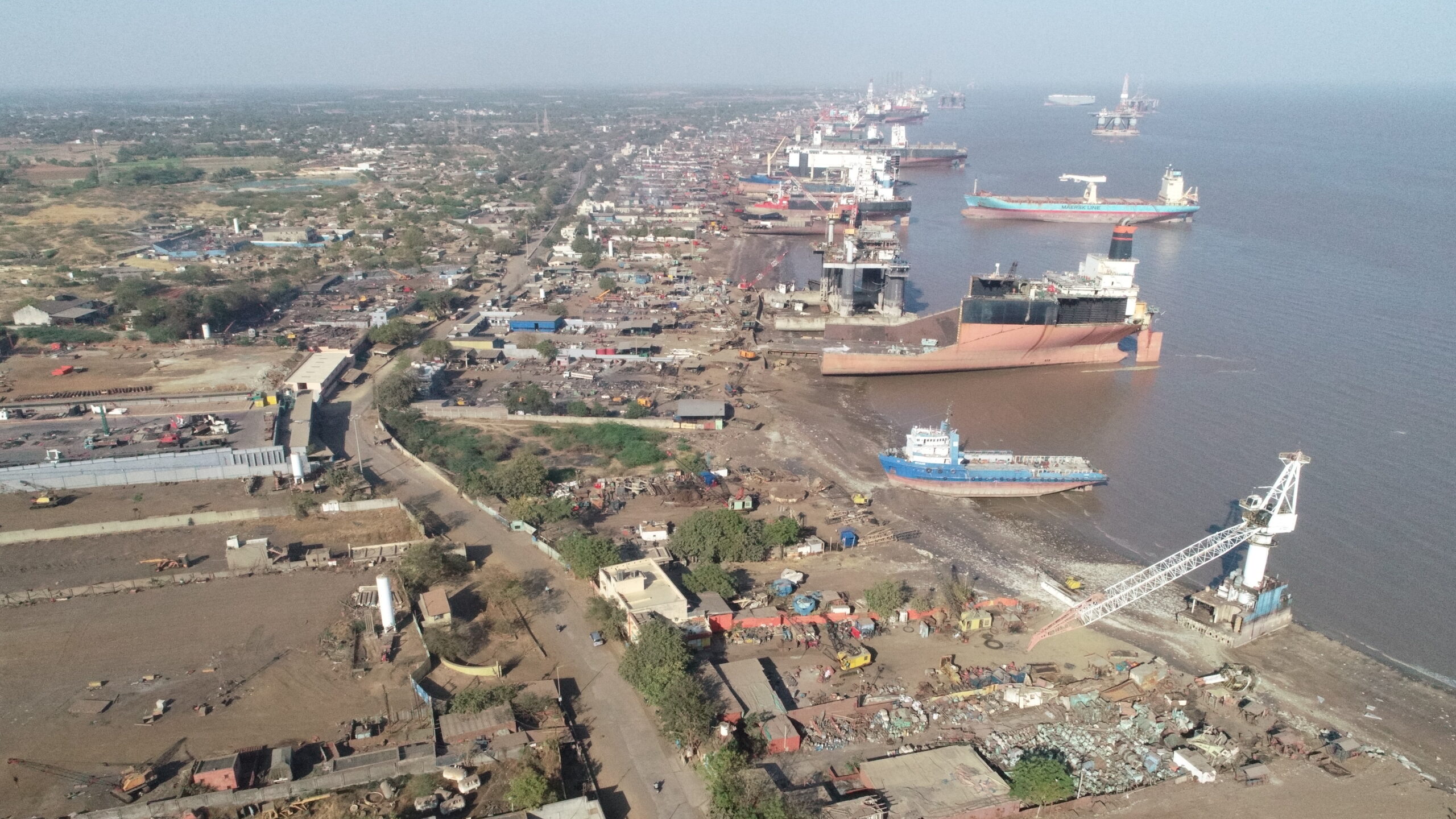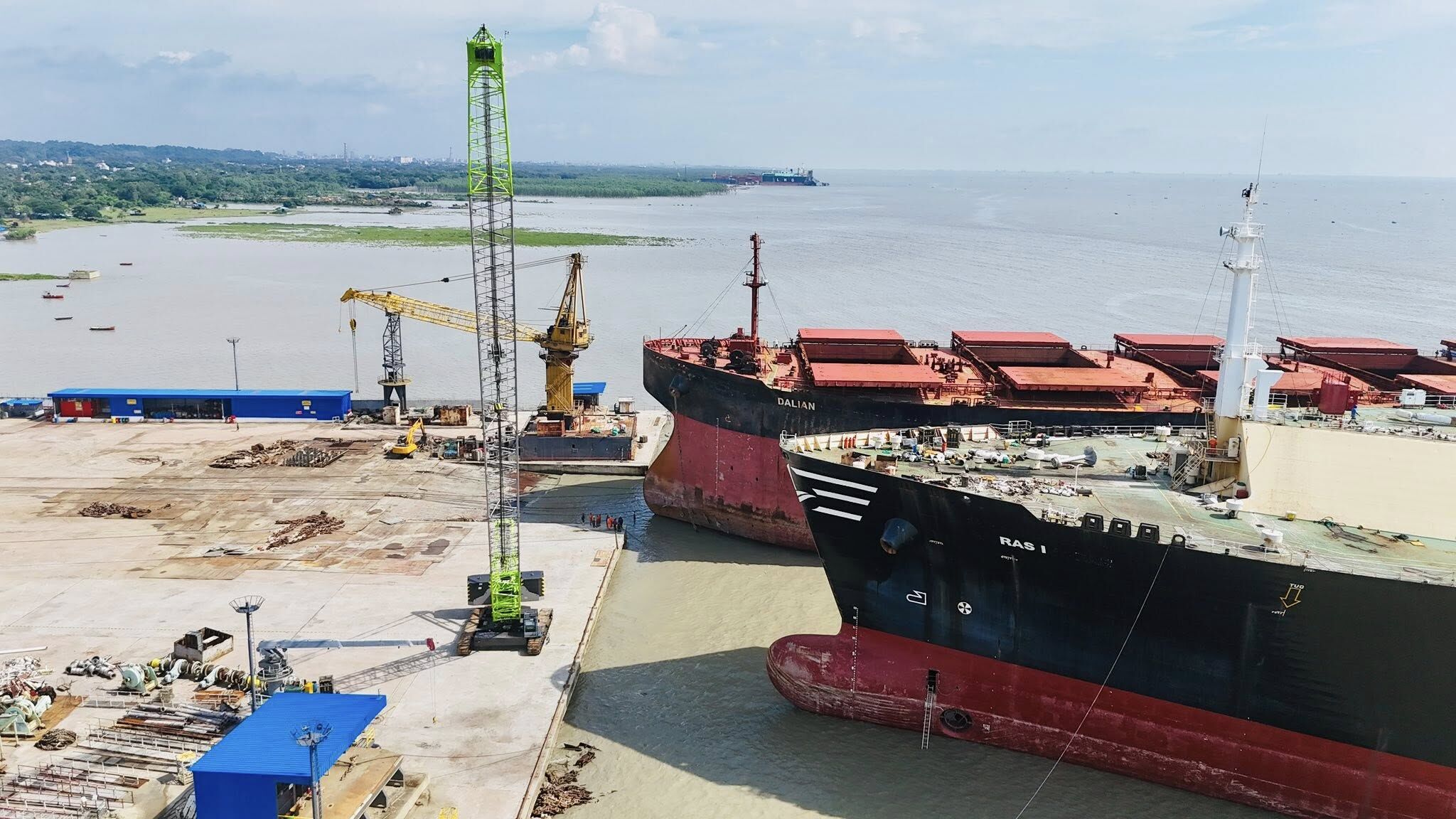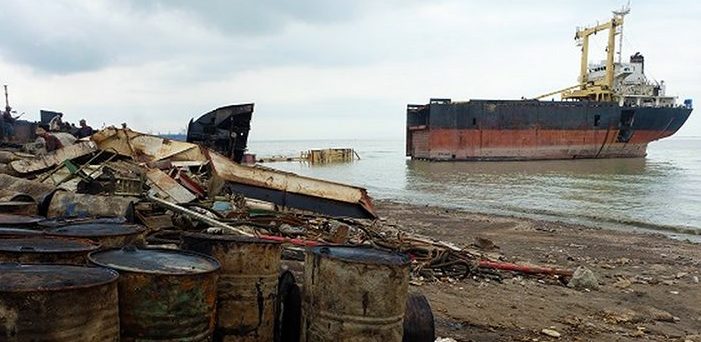Private Sector Participation in Major Indian Ports: A Closer Look at PPP Projects and Their Impacts

In a significant move towards modernizing and expanding India’s port infrastructure, the government has allowed private sector participation in major ports for specific projects, berths, and terminals. This initiative is facilitated through concession agreements for a specified period, awarded via an open competitive bidding process based on revenue share or royalty between the Major Port Authority and the concessionaire. Upon the expiry of the concession period, the assets are handed back to the Port Authority.
Overview of Public Private Partnership (PPP) Projects
The Public Private Partnership (PPP) model has been instrumental in driving substantial investments into India’s port sector. For the financial year 2024-25, the government has targeted an investment of Rs. 10,000 crore through PPP projects at various major ports. Notable among these are:
1.V.O. Chidambaranar Port: With a significant investment of Rs. 7055 crore, this port is set to receive the lion’s share of the PPP investments. This port, located in Tamil Nadu, is a critical hub for maritime trade in the region.
2. Deendayal Port: Situated in Gujarat, this port will see investments amounting to Rs. 1880 crore. Deendayal Port, formerly known as Kandla Port, is one of India’s largest ports in terms of the volume of cargo handled.
3. Syama Prasad Mookerjee Port: This port, located in Kolkata, West Bengal, is allocated Rs. 1065 crore. It plays a vital role in trade for the eastern and northeastern regions of India.
These projects have already received government approval, signalling a clear commitment to enhancing the infrastructure and operational capabilities of these ports.
Legislative and Policy Reforms
To provide more autonomy, and flexibility, and attract private investments, several legislative and policy reforms have been enacted:
1. Enactment of the Major Port Authorities Act, 2021: This act replaced the Major Port Trusts Act, 1963. The new legislation aims to provide greater autonomy to major ports, enabling them to function more efficiently and competitively. By empowering the ports with decision-making capabilities and reducing bureaucratic hurdles, the act facilitates a more conducive environment for private investment.
2. Revision of the Model Concession Agreement (MCA): The MCA has been revised to incorporate the latest best practices and address the concerns of private investors. The revised agreement aims to create a balanced risk-sharing framework, ensuring both the port authorities and private players are incentivized to achieve optimal performance.
3. Formulation of Guidelines for Tariff Fixation for PPP Projects: New guidelines have been formulated to provide clarity and transparency in tariff fixation for PPP projects. These guidelines are designed to protect the interests of both the users and the operators, ensuring fair pricing and promoting sustainable growth.
The Impact of Private Sector Participation
The involvement of the private sector in major ports through PPP projects is expected to have several positive impacts:
1. Enhanced Infrastructure and Capacity: The significant investments from private players will lead to the development of modern infrastructure, increasing the capacity and efficiency of the ports. This will help in accommodating larger vessels, handling more cargo, and reducing turnaround times.
2. Technological Advancements: Private participation often brings in the latest technology and innovative practices. This can lead to the implementation of advanced cargo handling systems, improved logistics management, and better port operations.
3. Economic Growth and Job Creation: The development of ports through PPP projects will stimulate economic growth by boosting trade and commerce. Additionally, it will create numerous direct and indirect employment opportunities, contributing to the overall socio-economic development of the regions.
4. Increased Competitiveness: By allowing private players to operate terminals and berths, the ports will become more competitive. This competition will drive efficiency and service quality, benefiting the end-users and enhancing the ports’ global standing.
Case Study: V.O. Chidambaranar Port
V.O. Chidambaranar Port (VOC Port), located in Tuticorin, Tamil Nadu, is a prime example of how private sector participation can transform a port’s operations and infrastructure. With a targeted investment of Rs. 7055 crore for FY 2024-25, the port is poised for significant upgrades.
Key Projects and Developments
1. Development of New Berths: The investment will be utilized to develop new berths that can handle larger vessels, increasing the port’s capacity. This includes the construction of deep-draft berths capable of accommodating Panamax and Post-Panamax vessels.
2. Modernization of Existing Infrastructure: The funds will also be directed towards modernizing existing infrastructure. This includes upgrading cargo handling equipment, enhancing storage facilities, and improving rail and road connectivity to the port.
3. Environmental Sustainability Initiatives: VOC Port is committed to sustainable development. The PPP projects will incorporate environmentally friendly practices, such as the use of green technologies, waste management systems, and energy-efficient operations.
Expected Outcomes
The transformation of VOC Port through private sector investment is expected to yield several benefits:
– Increased Cargo Handling Capacity: The development of new berths and modernization of existing facilities will significantly increase the port’s cargo handling capacity. This will enable the port to handle larger volumes of cargo efficiently.
– Enhanced Trade and Connectivity: The improved infrastructure will boost trade activities, making VOC Port a preferred destination for shipping lines and traders. The enhanced connectivity will facilitate smoother movement of goods, benefiting the entire supply chain.
– Job Creation and Economic Development: The port’s expansion will create numerous job opportunities, both directly and indirectly. This will contribute to the economic development of the region, improving the livelihoods of the local population.
Challenges and Considerations
While the move towards private sector participation in major ports presents numerous opportunities, it also comes with its set of challenges:
1. Regulatory and Policy Framework: Ensuring a robust regulatory and policy framework is crucial for the success of PPP projects. The government must continuously review and update policies to address emerging challenges and create a favorable investment climate.
2. Balancing Interests: Balancing the interests of various stakeholders, including port authorities, private investors, and end-users, is essential. Transparent and fair practices in revenue sharing, tariff fixation, and risk management are vital for sustaining investor confidence and achieving long-term success.
3. Environmental and Social Impact: The development of port infrastructure must consider environmental and social impacts. Implementing sustainable practices and engaging with local communities are key to minimizing adverse effects and ensuring inclusive growth.
The Future of PPP in Indian Ports
The future of PPP in Indian ports looks promising, with several factors contributing to its success:
1. Government Support and Commitment: The Indian government has shown a strong commitment to promoting private sector participation in the port sector. Continued support in the form of policy reforms, financial incentives, and streamlined processes will encourage more private investments.
2. Global Best Practices: Adopting global best practices in port management and operations will enhance the efficiency and competitiveness of Indian ports. Learning from successful PPP models worldwide can provide valuable insights and improve project outcomes.
3. Innovation and Technology: Embracing innovation and technology will be crucial in modernizing port infrastructure and operations. The adoption of digital solutions, automation, and smart technologies will drive efficiency, reduce costs, and improve service quality.
Conclusion
The allowance of private sector participation in major Indian ports marks a significant step towards transforming the country’s maritime infrastructure. Through PPP projects, substantial investments are being channelled into developing and modernizing port facilities, enhancing their capacity, and improving operational efficiency.
The legislative and policy reforms, including the enactment of the Major Port Authorities Act, 2021, revision of the Model Concession Agreement, and formulation of guidelines for tariff fixation, have created a conducive environment for private investment. The targeted investments for FY 2024-25 at V.O. Chidambaranar Port, Deendayal Port, and Syama Prasad Mookerjee Port reflect the government’s commitment to this initiative.
While challenges exist, the potential benefits of private sector participation are immense. Enhanced infrastructure, technological advancements, economic growth, job creation, and increased competitiveness are some of the expected outcomes. With continued government support, adoption of global best practices, and a focus on innovation, the future of PPP in Indian ports looks bright, promising a new era of growth and development for the country’s maritime sector.
Author: shipping inbox
shipping and maritime related web portal








